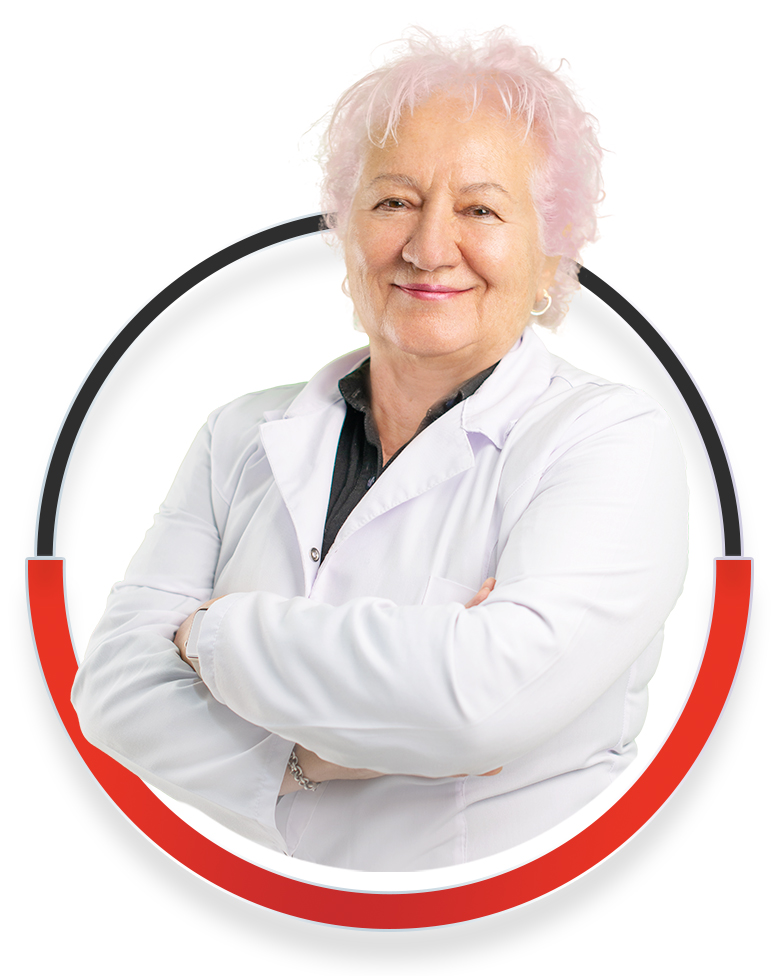Bridge Between Clinical Sciences and Basic Medical Sciences: Pathology
Pathology examines the causes that lead to diseases, how these causes affect tissues, organs, and how diseased tissues and organs appear to the naked eye and under the microscope. This branch of science is divided into two: general and special (systemic).
1. General Pathology: It investigates the changes that cause diseases at the cellular level in all diseases, as at the molecular level in modern pathology, reveals the underlying causes of many diseases such as inflammation, circulatory disorders, and cancer, and deals with how the changes in cells, tissues, and organs occur through which steps.
2. Systemic pathology: it examines the causes of diseases in specific organs and tissues, the mechanisms of their formation, the changes that occur in tissues and organs, and the resulting dysfunctions.
What is done in Academic Hospital's pathology laboratory?
Tissue and organ samples taken from patients with many different methods are examined, various diseases and cancers are diagnosed, and parameters affecting the course and treatment of the disease are investigated and reported by specialist physicians. Laboratory procedures are carried out by an experienced technical team. After blocking, sectioning, and staining procedures, the pathologist's microscopic evaluation is done.
Study Area of Pathology:
Using very special methods, the incoming biological material for examination and diagnosis is mummified. In some cases, even after many years, it is possible to examine these tissue pieces embedded in paraffin that belonged to the patient because they were stored under special conditions. In modern pathology, studies are carried out at the molecular level in order to know the enemy better in some special cases, especially when fighting cancer. It is no longer sufficient to look at the cancer under the microscope and name it.
Another field of study in pathology is the macroscopic and microscopic evaluations that are performed during the operation and take approximately 10 to 20 minutes. While the patient is under anaesthesia, the samples are taken from the patient by the surgeon, evaluated by a pathologist using the rapid diagnosis method "frozen," and the result is immediately reported to the relevant surgeon. According to this result, the surgeon can sometimes change the course of the surgery.
Pathology is involved in almost every disease.
Many people think that pathology only studies cancer. However, even though it carries out studies on cancer, pathological examination is essential for the diagnosis, follow-up, and treatment of many diseases. for example: microbial diseases, determination of pathologies that cause digestive system diseases, and detection of findings related to rheumatic diseases.
Detect, track, block, cut, and stain
Detection, follow-up, blocking, cutting, and staining are successive technical studies applied in routine histopathology.
Detection: A method applied to prevent the deterioration of tissues, which are alive when they leave the body and contain various findings if there is a disease, under the influence of heat, humidity, and enzymes.
Follow-up: to help the tissue harden by passing it through level alcohols and organic solvents, freeing it from both its own liquid and the fixative liquid. The hardening process enables the technicians to cut the tissue more easily and therefore work on it more easily.
Blocking: Tissue samples are taken into rectangular, prism-shaped moulds, heated paraffin is poured on them, and blocks are obtained by cooling the paraffin. In this case, it is possible to cut the tissues very thinly.
Cutting: Paraffin blocks with tissue pieces inside are cut to the desired thickness with a device called a microtome. The tissue section with a thickness of approximately 3–7 microns (1 mm = 1000 microns), then prepared for staining by being placed into a warm water bath and then on a slide.
Staining: The dyes routinely used are haematoxylin and eosin. "H-E" for short. With this method, the nuclei of the cells are stained blue, and their cytoplasm’s are stained pink-red. For the definitive histopathological diagnosis of many diseases, it is sufficient to evaluate the preparations stained with this method.
Choose a Doctor






